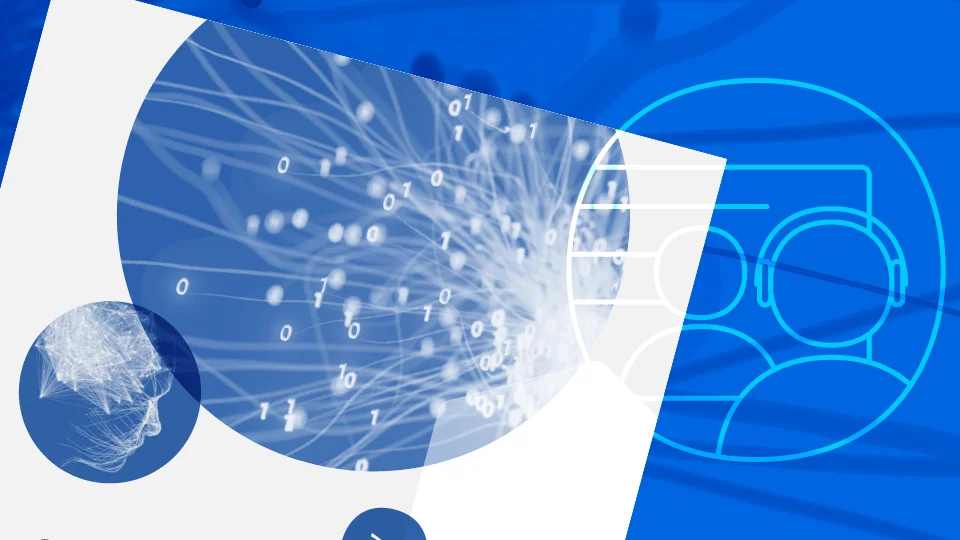Generative AI (GenAI) is a cutting-edge technology that is poised to disrupt various economic, social, and cultural sectors, and it extends far beyond simple human-like text generation in ChatGPT.
This WIPO Patent Landscape Report provides observations on patenting activity and scientific publications in the field of GenAI, but also provides insights into its future applications and potential impact.
Number of GenAI Inventions in the World
Over the past 10 years, the number of patent families in GenAI has grown from only 733 in 2014 to more than 14,000 in 2023. The number of GenAI patents has increased by over 800%.
The number of scientific publications has increased even more over the same period, from just 116 in 2014 to more than 34,000 in 2023.
Who are the top patent owners in GenAI?
- Tencent
- Ping An Insurance Group
- Baidu
- Chinese Academy of Sciences
- IBM
- Alibaba
- Samsung Electronics
- Alphabet/Google
- ByteDance
- Microsoft
What are the next-generation generative ai technologies?
- Tencent plans to add GenAI capabilities to its products such as WeChat to improve the user experience.
- Ping An focuses on GenAI models for underwriting and risk assessment.
- Baidu recently unveiled its latest LLM-based AI chatbot, ERNIE 4.0.
- IBM has developed a GenAI platform, watsonx, which enables companies to deploy and customize LLMs with a focus on data security and compliance.
- Alphabet/Google's AI division DeepMind recently released Gemini.
Which institutions published the largest number of scientific publications on GenAI?
- The Chinese Academy of Sciences
- Tsinghua University
- Stanford University
- Alphabet/Google (the only company in the top 20 with 556 scientific publications).
- Shanghai Jiao Tong University (China)
Where are the most GenAI technologies invented?
- China
- United States
- Republic of Korea
- Japan
- India
- United Kingdom
- Germany
Which GenAI model has the most patents?
In recent years, a number of GenAI programs, or models, have been developed. Among the most important GenAI programs are:
- Generative adversarial networks (GANs)
- decoder-based large language models (LLMs). The GenAI boom caused by modern chatbots such as ChatGPT has clearly increased research interest in LLMs
- variational autoencoders (VAEs)
- diffusion models
- autoregressive models
However, not all GenAI patents can be assigned to these five specific core models based on available information from patent abstracts, claims or titles.
What are the main types of data used in GenAI patents?
The main GenAI data types include:
- Image
- Video
- Text
- Speech
- Sound
- Music
The remaining modes: 3D image models, chemical molecules/genes/proteins and code/software have far fewer patents so far.
Top application areas of GenAI patents
There are key application areas for GenAI patents including:
- software,
- life sciences,
- document management,
- business solutions,
- manufacturing,
- transportation,
- security,
- telecommunications
GenAI is bound to have a significant impact on many industries as it finds its way into products, services and processes, becoming a technological enabler for content creation and productivity improvement.
